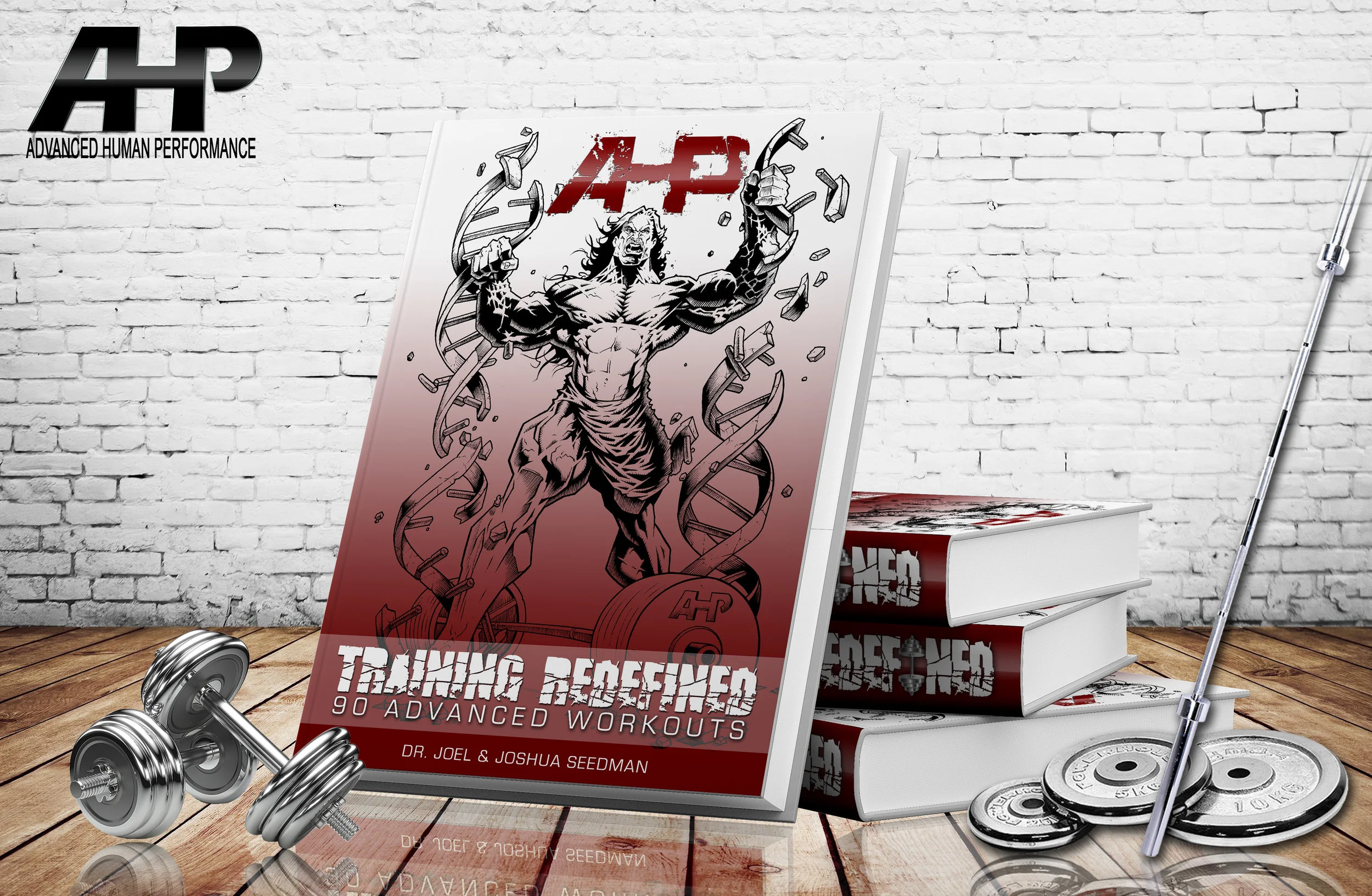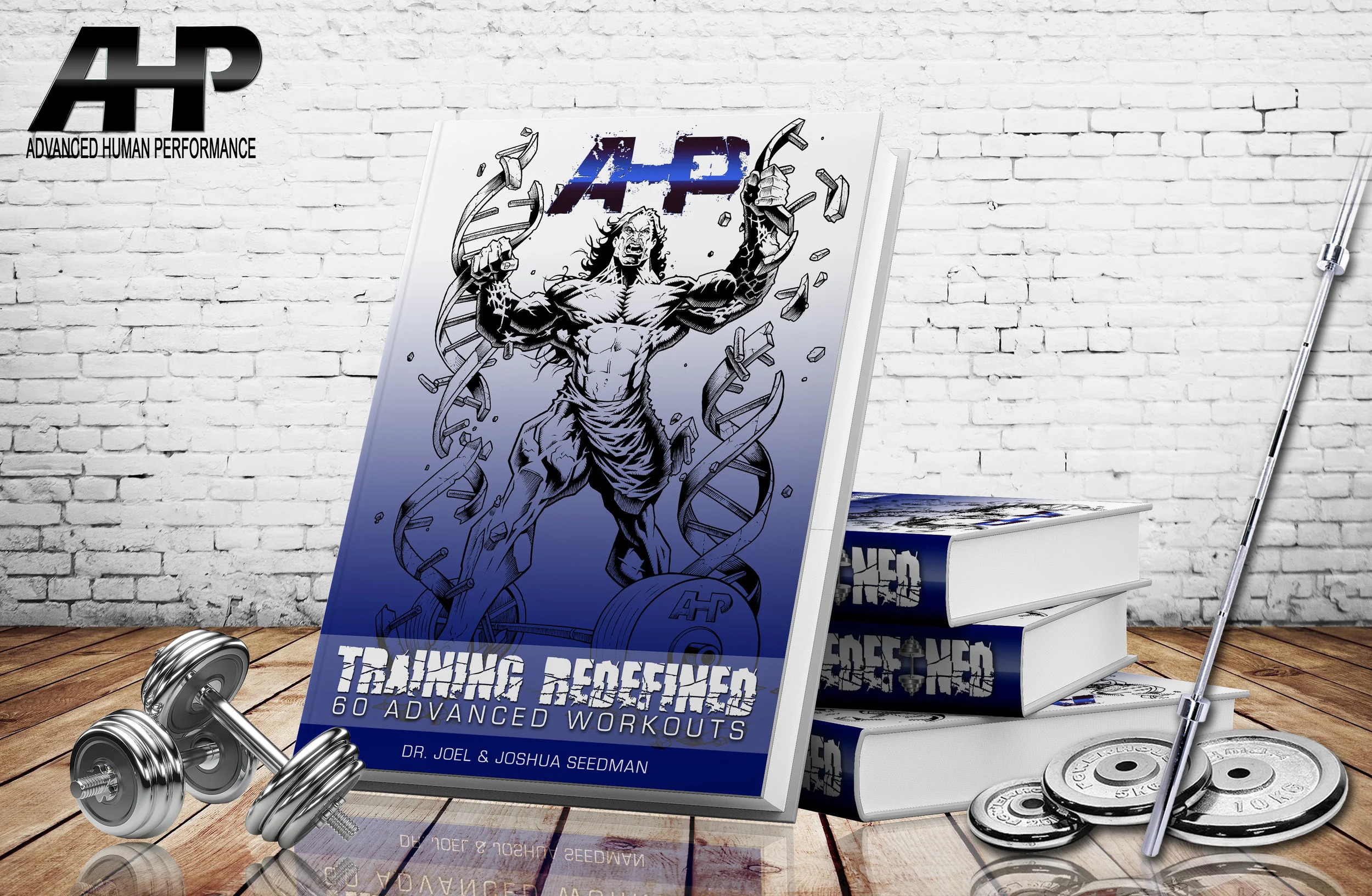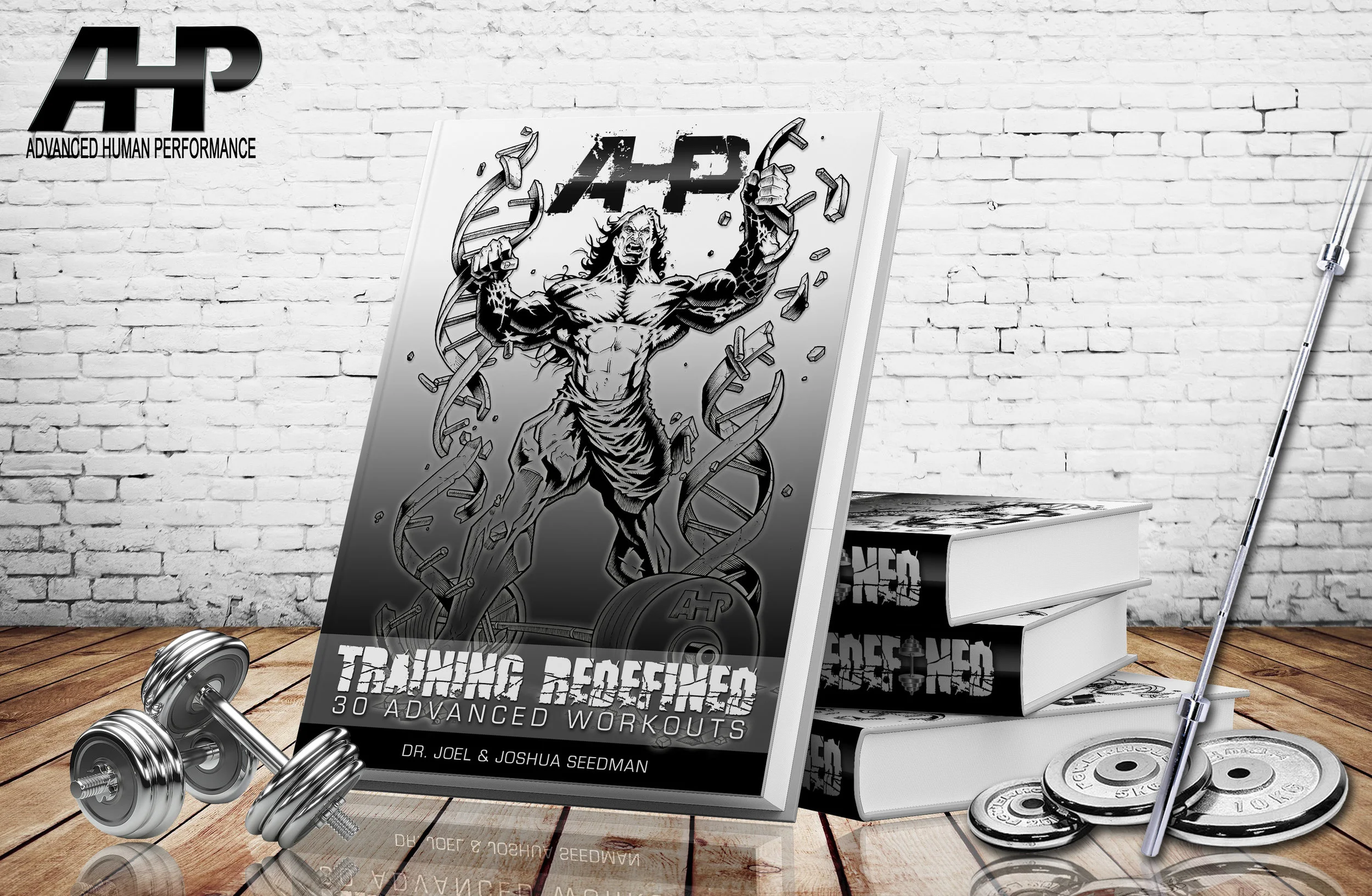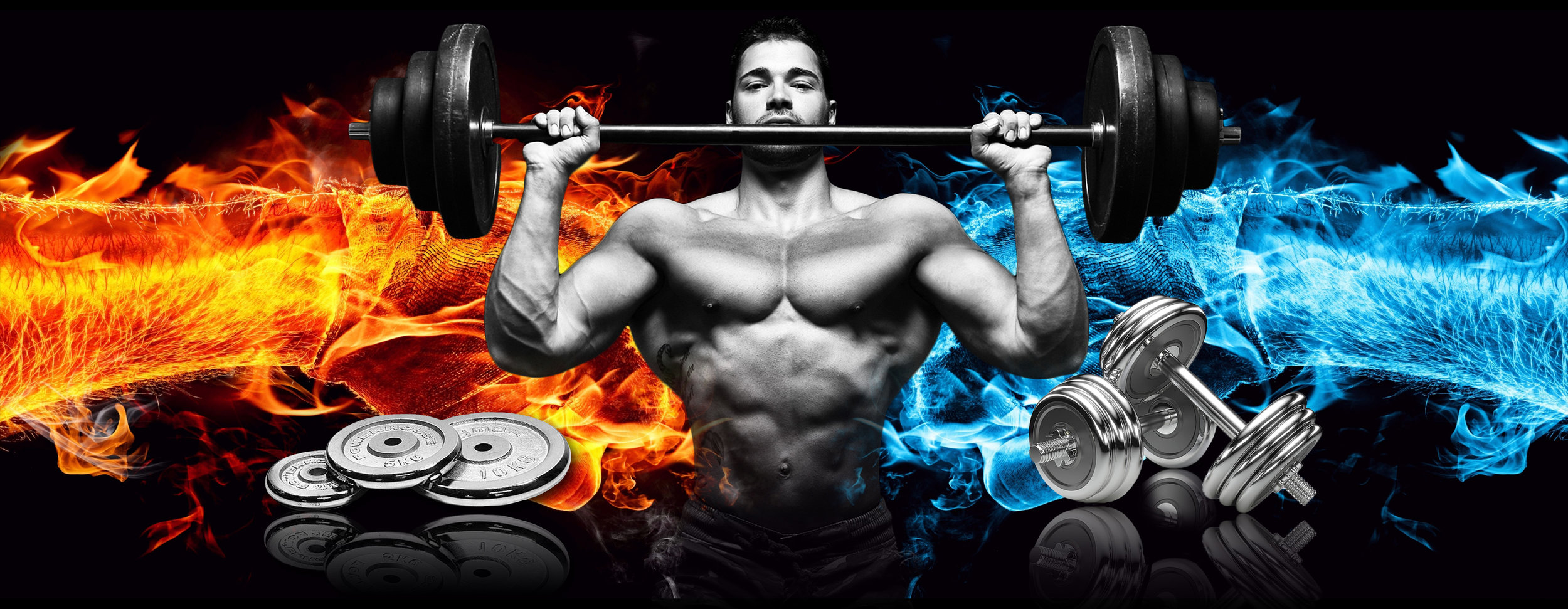Fix Your Glute Bridges and Posterior Chain With These Unique Variations
Dr. Joel Seedman, Ph.D.
Glute bridges and hip thrusters are perhaps the most popular exercises in existence for targeting the posterior chain. Unfortunately most individuals perform them incorrectly as they neglect critical aspects of alignment between the hips, knees, and ankles. In addition, most lifters perform glute bridges and hip thrusters with little if any attention to proper foot and ankle activation which is of the utmost importance. When the feet and ankles aren’t firing properly it shortchanges activation all the way up the kinetic chain including recruitment of the larger muscles around the hips. Read more about proper foot and ankle mechanics here.
In addition, disregarding foot and ankle mechanics causes many lifters to perform bridges with faulty alignment and improper mechanics. With this in mind I’ve found anti-rolling and anti-sliding variations particularly effective for fixing these issues. Here are several glute bridge variations I use to fix the aforementioned problems.
Anti-Lateral Rolling Glute Bridge on Foam Roller
Performing glute bridges on the foam roller is one of the most effective methods for perfecting lower body mechanics and alignment. When the foam roller is placed in a longitudinal fashion the lifter must resist lateral deviations and lateral rolling forces as demonstrated by my awesome client and bodybuilder Ben Lai.
I nicknamed this exercise the “impossible glute bridge” as it is without a doubt the single most difficult glute bridge variation you’ll ever attempt. If the individual has even the slightest misalignment anywhere in the spine, hips, knees, ankles, and or feet, the foam roller will continue to roll out laterally. Not until the lifter perfectly centrates and aligns every joint segment in their lower body will this movement become feasible. This also ensures activation of smaller stabilizers around the hips and shins that are normally neglected.
One of the single most common flaws I witness on glute bridges is some form of external or internal rotation in the hip, knee, and or foot. Again, such a movement dysfunction will make this bridge frustratingly impossible. Besides correcting alignment issues which does wonders for gait mechanics (sprinting, running, and walking), as well as overall lower body muscle function, this exercise is particularly effective at strengthening the shin and ankle muscles. In order to properly perform this the lifter will be required to maintain near maximal dorsiflexion with intense recruitment of the anterior shin muscles.
Foam Roller Hip Thrusters
The same concept can be applied to hip thrusters as demonstrated by my awesome client Leslie Petch.
These do wonders for improving foot and ankle activation which ultimately enhances the muscle-mind connection in the posterior chain during hip dominant movements. For this variation you'll want to use a flatter foot position rather than a dorsiflexed position.
Anti-Rolling Glute Bridge on Foam Roller
This anti-rolling glute bridge variation is a bit more manageable than the anti-lateral variation although it’s still quite brutal. The key with this particular method is that it helps to eliminate excessive extension at the top of the glute bridge as demonstrated by my awesome client Charlene Harrison.
Most lifters will drive their hips overly high at the top of the glute bridge attempting to move into excessive posterior pelvic tilt. Not only does this create faulty hip mechanics but it can lead to low back issues. The key is to produce optimal extension, not over-extension in the contracted position (regardless of whether or not you think it’s taxing the glutes more). Learning to keep the core braced and activating the hamstrings (both of which are necessary on these bridges) will help prevent this common problem. Intense foot and ankle activation will also encourage ideal amounts of extension as the hips and feet will externally rotate (point out) when the hips over-extend in the top position.
Besides fixing these common problems, this anti-rolling foam roller bridge creates significant extension forces on the knee that the lifter must resist throughout to keep the foot from sliding out. Most glute bridges involve predominately the glute muscles with less emphasis on the hamstrings. However with this specific variation not only are your glutes getting crushed as you drive into hip extension but your hamstrings get absolutely decimated as you resist extension forces on the knee.
In addition, this variation helps eliminate another common problem on glute bridges –momentum. Unfortunately most lifters use excessive momentum on glute bridges rather than smooth and crisp, powerful contractions. With these if you jerk the weight/hips up and don’t incorporate controlled contractions, your foot or the foam roller will slide out making these feel utterly impossible.
If you want to further smoke your hamstrings, glutes, and anterior tibialis with one move that requires minimal equipment try the same drill but with banded dorsiflexion as shown by NFL athlete Brandon Chubb.
This has incredible transfer not only to other big compound lifts like squats and deadlifts but also for sprinting and running mechanics specifically because you’re crushing the posterior chain while engraining strong ankle dorsiflexion. Just make sure every segment of the body is perfectly straight and aligned (no toe flare). It also bulletproofs the hamstrings, hips, knees, and low back from injuries.
Adding a pullover to the glute bridge is another great way to crush the posterior chain as well as the core and upper body.
Glute Bridges On Medicine Ball
If you’re looking for a variation that incorporates all of the benefits found in the two foam roller bridges you can also perform single leg glute bridges on a medicine ball as demonstrated by one of my collegiate football players Tee Mitchel.
The only drawback with this is that the various forces you must resist to avoid rotation are typically less pronounced than the foam roller versions. With this in mind, the medicine ball is a solid option for regressing the foam roller bridges. Similar to the above options your alignment throughout the lower body (hips, knees, ankles, and feet) must be rock solid.
Double Foam Roller Glute Bridge
Here I have collegiate soccer athlete Bonnie Shea (Dartmouth college) performing a very tricky but effective double leg glute bridge on foam rollers. Yep I included a mini blooper here (sorry Bonnie) to show just how tough this one is and how sensitive it is to any mediolateral deviations or asymmetrical loading. Simply if you’re looking to clean up your bilateral glute bridge and insure symmetrical loading and positioning then this one is just what you need.
BONUS: Glute Bridge Chest Press Variations
If you’re looking for a unique but brutal way to spice up your chest training try this single leg foam roller glute bridge chest press as shown by my awesome client Leslie Petch. Besides reinforcing insane levels of full body tension & motor control (something that any lifter could benefit from), this variation provides several benefits.
1. Understanding how to drive with the hips & glutes during a chest press is critical for maximizing horizontal pressing mechanics. Unfortunately many lifters use excessive lumbar extension rather than keeping a tight core & neutral pelvis. Using the foam roller helps eliminate excessive extension at the top of the glute bridge as the hamstrings must fire aggressively to keep the foam roller from sliding out. This translates to intense core activation and a more neutral, rigid spine, rather than an overly extended one.
2. You’ll notice Leslie has her head off the platform while holding the glute bridge. This helps optimize cervical elongation which ensures better t-spine extension and shoulder mechanics since the head is not compressed into the surface. In fact I rarely if ever have any of my athletes perform glute bridge chest presses without having their head off the bench or platform as compressing the cervical spine when pressing promotes faulty shoulder mechanics due to poor t-spine mechanics & crowded shoulders.
3. Although rarely discussed, foot & ankle mechanics are quite important for every exercise including chest presses as misalignment promotes energy leaks & weak links throughout the kinetic chain. The instability from the foam roller requires the lifter not only to activate the daylights out of the foot & ankle muscles but it also promotes optimal alignment from the foot & ankle all the way up to the hips. This translates to more full body tension, motor control, & force production particularly when returning to more traditional chest presses.
If you’re looking to master your movement to another level check out my new book MOVEMENT REDEFINED.
Anti-Sliding Glute Bridges
You can also perform anti-sliding glute bridges on a slide board or any slick surface to produce a similar effect. Here’s one of my awesome clients Leslie Petch showing how it’s done. These aren’t quite as intense as the anti-rolling variations when performed under bodyweight conditions however, they’re highly conducive for overloading with additional weight.
Important Note
Due to the intensity of these exercises I recommend starting with 2-3 sets of 5-8 reps. Any more than this can cause the glutes and hamstrings to lock up and cramp. With that said I suggest super-setting these with various eccentric isometric hip hinge movements such as RDL’s to help stretch and lengthen the muscle fibers in between sets.
Common Question
Dr. Seedman, how do you know the increased foot activation you mention during these exercises leads to enhanced posterior chain activation and overall better recruitment?
Besides being a very effective exercise for taxing the posterior chain itself, teaching proper alignment/mechanics and transferring it back to more basic variations is one of the many benefits of theses movements in terms of posterior chain activation. In many ways they are corrective exercises in that they force the person to do the movement correctly. In other words the correct execution is what makes it corrective and essentially fires up the posterior chain.
As for the foot and ankle activation, theres is quite a bit of preliminary investigation as well as large volumes of anecdotal evidence supporting this rationale. Now there's not a single study you could look to that will give 100% positive concrete proof (as it would be nearly impossible to do so), but few if any biomechanists, neurophysiologists, researchers, or practitioners in this field would deny the idea that foot recruitment and foot and ankle mechanics impacts activation and recruitment up the kinetic chain. If the feet and ankles are not firing properly the other muscles including the posterior chain will not function as they're suppose to.
Also from a more practical application standpoint every time I use this with my athletes they literally start cramping in their posterior chain so strongly they have to take a minute or two break due to the ridiculously high intensity of contractions created from this exercise. Similarly anytime we focus on getting the athlete to fire their feet and ankles during any exercise including squats, hinges, glute bridges, and lunges, they immediately comment how intense the firing is in the larger muscles of the body especially the glutes and hamstrings. I’ve actually seen multiple scenarios where athletes claim they can do very heavy glute bridges, with no issues. However, it’s often with lousy foot and ankle mechanics and poor lower body alignment.
Once we take 2-3 minutes to correct this they can barely do bodyweight glute bridges for 1-2 reps without feeling like their glutes and hamstrings are about to explode due to the increased activation that they’ve not experienced before correcting their feet and ankles. It’s actually quite entertaining to watch ha ha. For more information on foot and ankle mechanics check out my large foot and ankle e-book.































